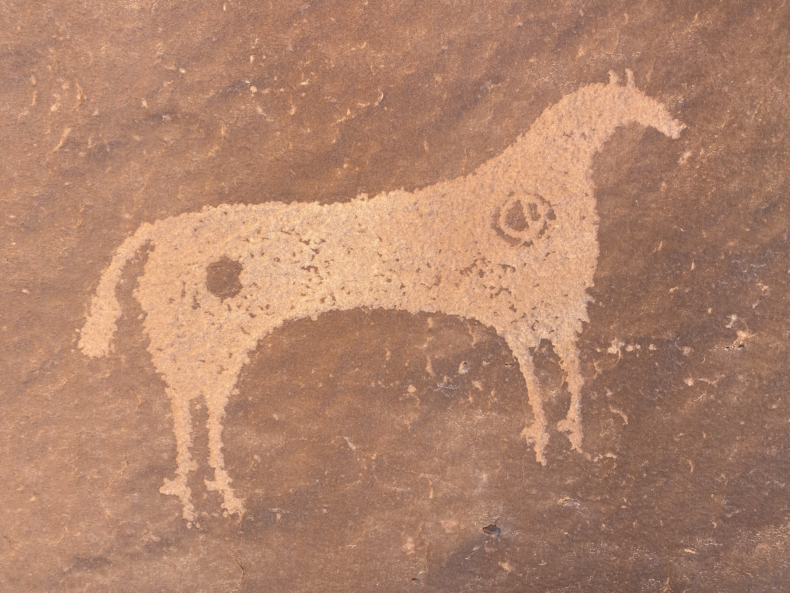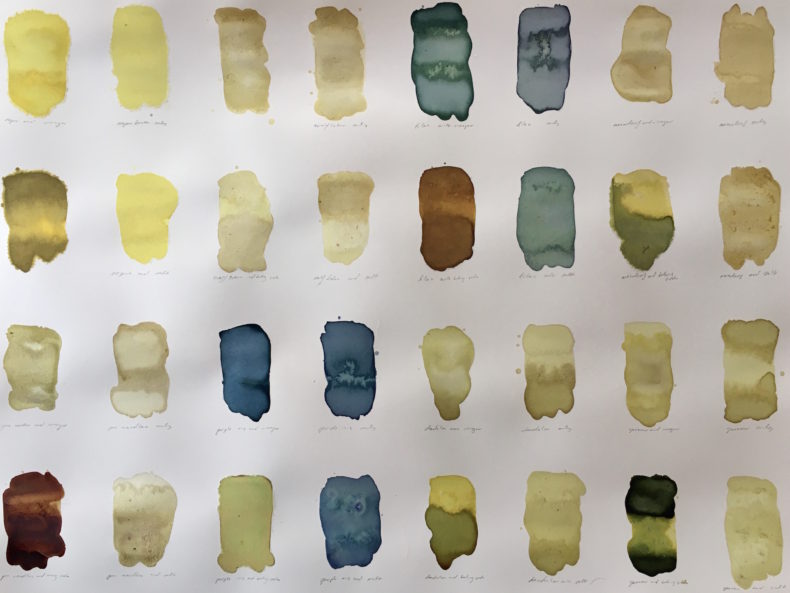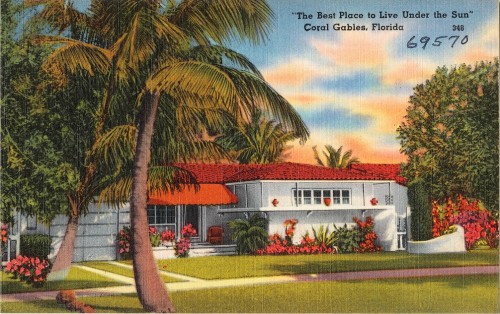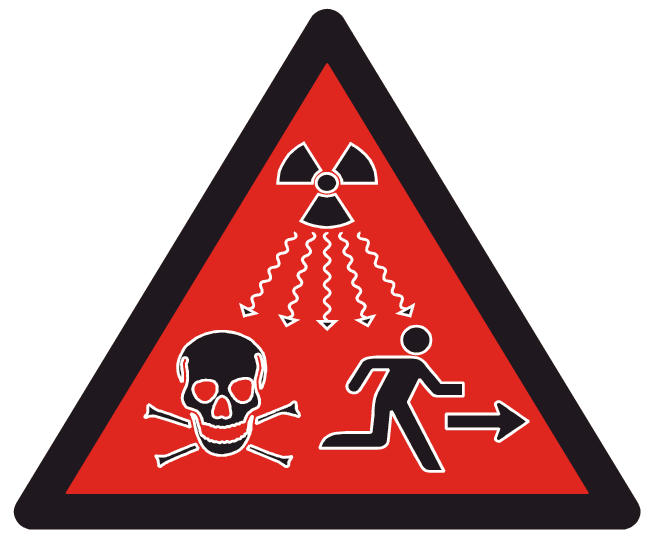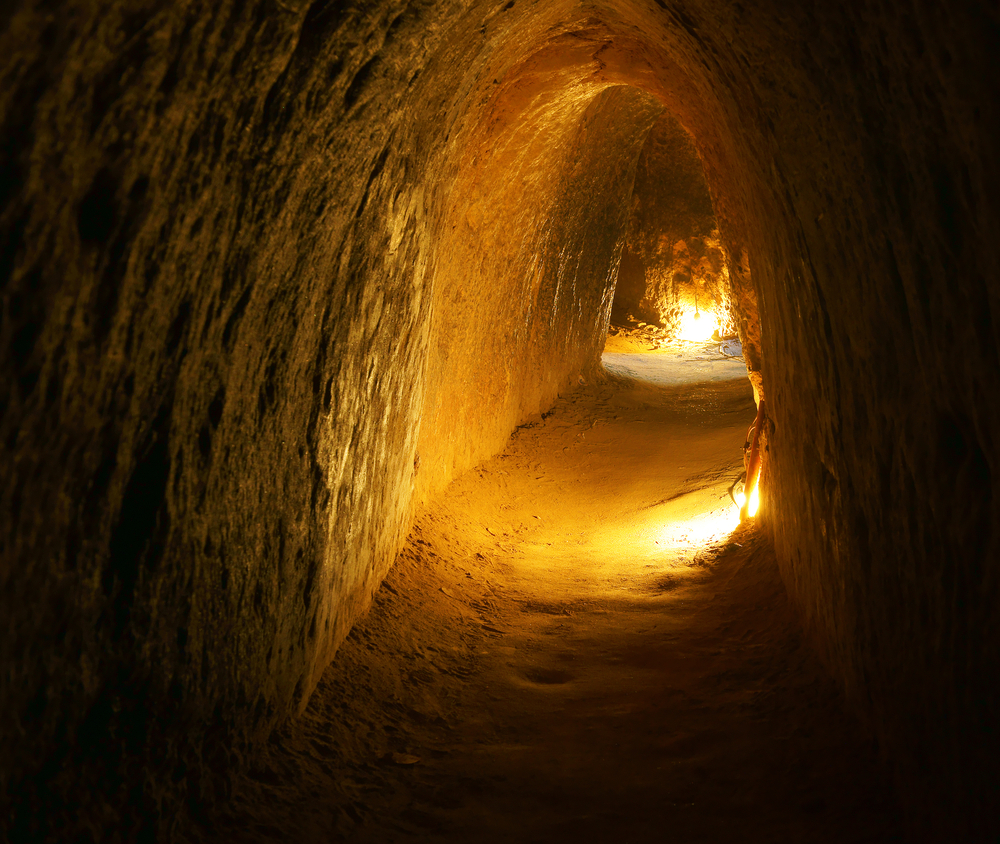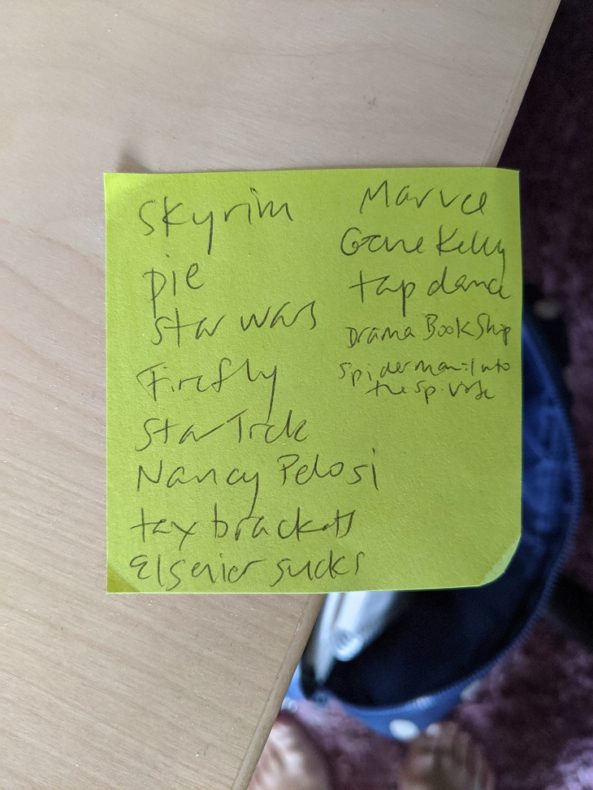
Material mirth: It has a nice ring to it. And there’s nothing wrong with buying new cork placemats or ridiculously overpriced hiking socks because new placemats or new socks make you smile. In fact, sometimes buying things you don’t really need is super rewarding. Like, if I could buy a tiny tropical white-sand island with a beach cottage and a friendly resident dolphin, I’d be happier than I am now, during this COVID-gray February in Maryland. Studies have shown that shopping actually can ease sadness–by giving us some control when we may feel we have none.
On the other hand, as a long-term strategy, shoving stuff you bought on a whim into the hole where dread and self-loathing dwell is bound to disappoint.
During the pandemic, I have not gone whole hog on online shopping to fill my own personal hole of discontent (okay, that’s a terrible way to put that), but I haven’t done none of it, either. So, to make it seem like I was shopping for scientific reasons, I thought I’d look for patterns in my purchases to try to explain my behavior–thus elucidating something essential about myself and about our species as a whole. *
What I found isn’t terribly surprising: Almost everything “extra” I’ve bought since lockdown began is related to beauty, to eating, or to cleaning, which makes sense for someone who is stuck at home with a Zoom camera, an inner hunger that only pasta can fill, and dog hair by the skein. (There’s also a smaller but still substantial “comfort” category that I’d submit needs no explanation.) It must be the sight of my pale, puffy face and tired eyes staring back at me daily, the messy desk flanked by stacked mail and laundry, the dog in the background giving off what can only be described as a “poopie” smell, that drives me to seek products that promise a healthy glow in the foreground and a sparkling clean setting (and dog) in the back.
That said, I’ve been known to fall into the ridiculous notion that having a certain thing will make everything that’s wrong suddenly okay. My pandemic purchases, then, have tried to serve two purposes–the one they were designed for and the anti-depressant, fix-what’s-broken, fill-all-voids one.
Some of the items are trying hard to at least fulfill that first part, with mixed results. The second part, not so much.
Here’s what I got:
Beauty/fashion-related:
Jade facial roller
Phytopolleine scalp elixer
Full skin-care line by Mad Hippie
Collagen supplements
Black cohosh supplements (for hot flashes, because nobody looks pretty during a hot flash)
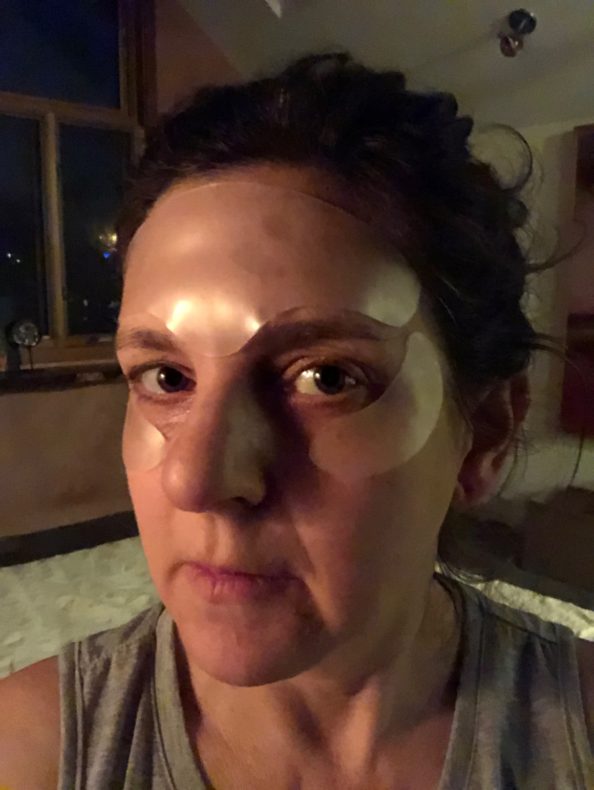
Octopus tentacle earrings
Two sweaters I may never receive from a sketchy company advertising on FB (why, why do I do this??)
Overnight anti-wrinkle patches**
Tub of activated charcoal (for teeth plus)
This bag

(For the record: I did not purchase the cheek-lifting leggings that keep showing up in my “you might be interested in this” cue. And I take offense at Facebook’s suggestion, damn it.)
Food-related:
Two styles of garlic press, because it’s good to have a spare
Chef’s knife
Egg-bite mold, for Instant Pot
New rubber seal that doesn’t smell like aged chicken, for Instant Pot
Vat of tahini (pack of two) because of roasted cauliflower recipe seen on TikTok
Fancy pink Himalayan salt
Case of red wine, through a friend who sells (gotta support my friends!)
Food processor (thankfully I already had a Vitamix and an Instant Pot or I would have bought those, too)
Actual old-timey silver plated silverware (in its own wooden box) to replace embarrassing hodgepodge from college, in case we ever have guests again
Cleaning-related:
Two different mop/bucket “systems” (when did mops reach the $50 mark?)
Magic Eraser (pack of six) for wall smears
Rug rake for loosening dog hair before vacuuming
Dog mouthwash
Cloths for dry dog “bath” (see a pattern here?)
“Green” laundry detergent pods, the subscription
Comfort-related:
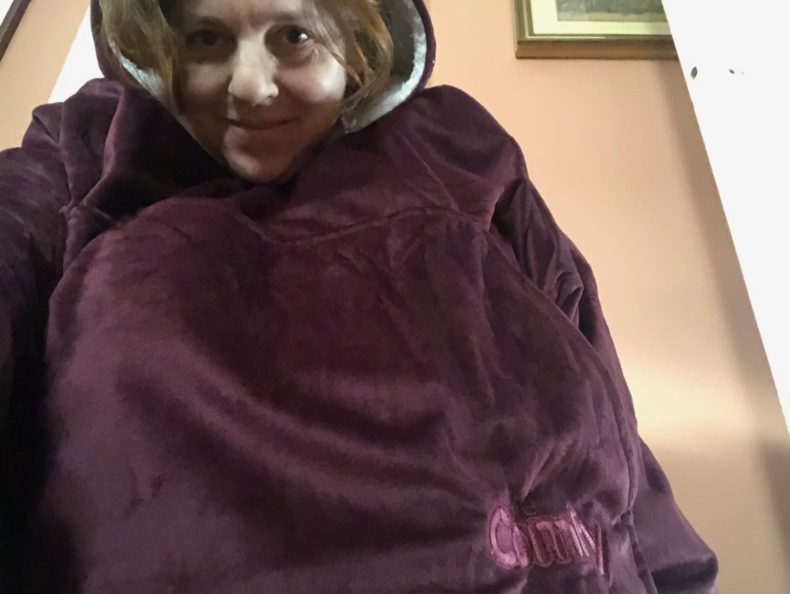
Eucalyptus sheets
The Comfy wearable blanket (which, actually, HAS been transformative)
A plant (mentally comforting, somehow)
Misc:
Covid mask with Bob Ross silhouette and happy little trees
Gardening containers (they were thankfully free, left by the curb, and it’s too soon to tell…they may still be the keystone in the arc of my happiness, to borrow a phrase)
—
Okay, now it’s your turn. What have you bought on a whim since last March? Is it giving your life meaning? Is it at least making your hair curl or your rugs smell fresh? If yes, where can I get it?
*I got nothing

